EPA sets strong drinking water health advisory levels for key PFAS chemicals
New and updated advisory levels a critical step in protecting health and drinking water of communities in Michigan, United States
JUNE 15, 2022
LANSING - The Great Lakes PFAS Action Network today issued the following statement lauding an announcement by the Environmental Protection Agency (EPA) that strengthened drinking water advisory levels for PFOA and PFOS and set final health advisories for GenX and PFBS, four PFAS chemicals that are commonly used in a variety of products and industrial uses and threaten the public’s health. The new advisory levels set a strong baseline for monitoring drinking water for these chemicals and will provide guidance to the EPA and local environmental agencies to better protect communities’ health.
“We applaud the Biden administration on this bold step to protect public health,” said Tony Spaniola, co-chair of the Great Lakes PFAS Action Network. “Under the President’s leadership, the Environmental Protection Agency has now confirmed that there are effectively no safe levels of PFOA or PFOS and it has shot down the notion that newer PFAS chemicals, like GenX, are harmless. Now more than ever, it’s time for the Department of Defense to act with urgency to clean up the decades-old PFAS mess that it created for service members and host communities across the nation.”
In 2016, the EPA set health advisories for PFOS and PFOA at 70 parts per trillion (ppt). In light of new science, and the growing understanding of the dangers of these chemicals, the EPA set a new level of .02 ppt for PFOS and .004 ppt for PFOA, affirming that these chemicals are not safe even at the lowest levels of detection.
The EPA also set lifetime health advisory limits for GenX at 10 ppt and PFBS (perfluorobutane sulfonic acid) at 2000 ppt. The advisory for Genx establishes that newer forms of PFAS are not safe and pose threats to our health and drinking water.
“These new health advisory limits are a strong step in the right direction to begin addressing the PFAS crisis and protecting our health,” said Sandy Wynn-Stelt, co-chair of the Great Lakes PFAS Action Network. “Importantly, these advisories send a strong message to polluters, especially industries that use these chemicals that there is no such thing as a ‘safe’ amount.”
According to the Michigan PFAS Action Response Team (MPART), there are currently 219 sites contaminated with PFAS in the state of Michigan with more than 11,000 sites where PFAS may have been used.
More information about today’s announcement can be found at https://www.epa.gov/sdwa/drinking-water-health-advisories-pfoa-and-pfos.
